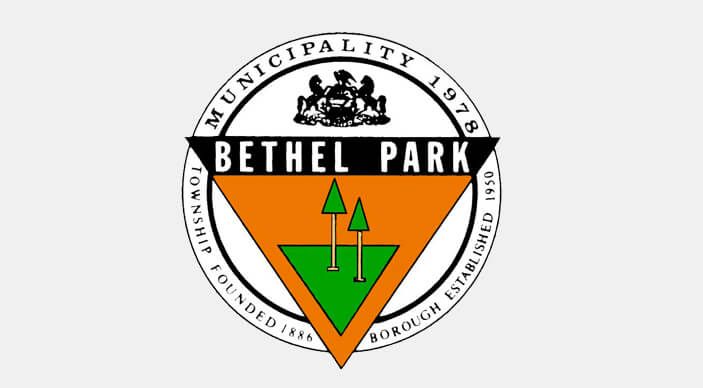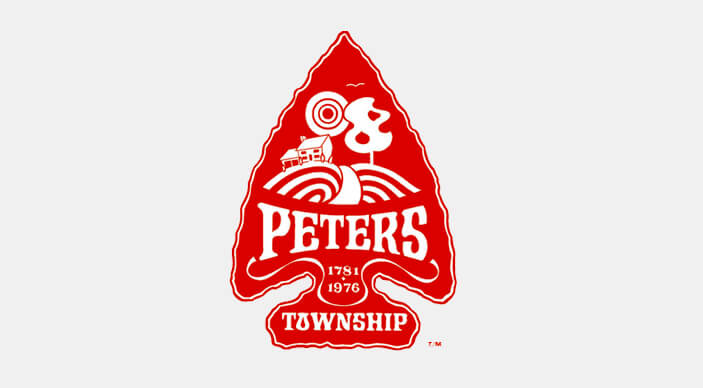Case Study:
Cranberry Township, Pennsylvania
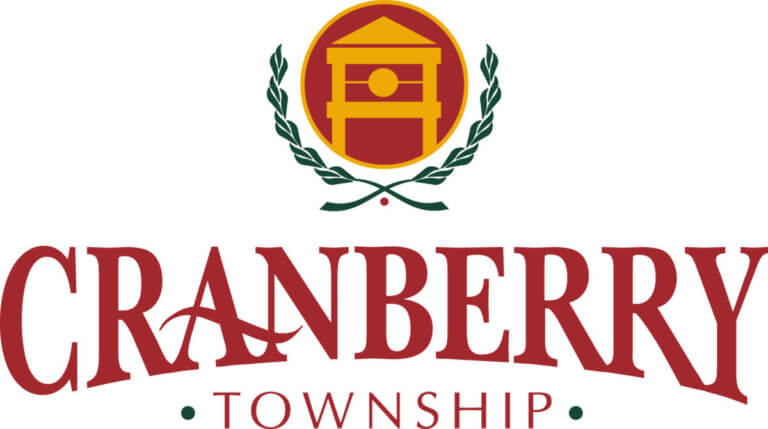
The Cranberry Township Public Works Department wanted their road maintenance to be cost-efficient and effective.
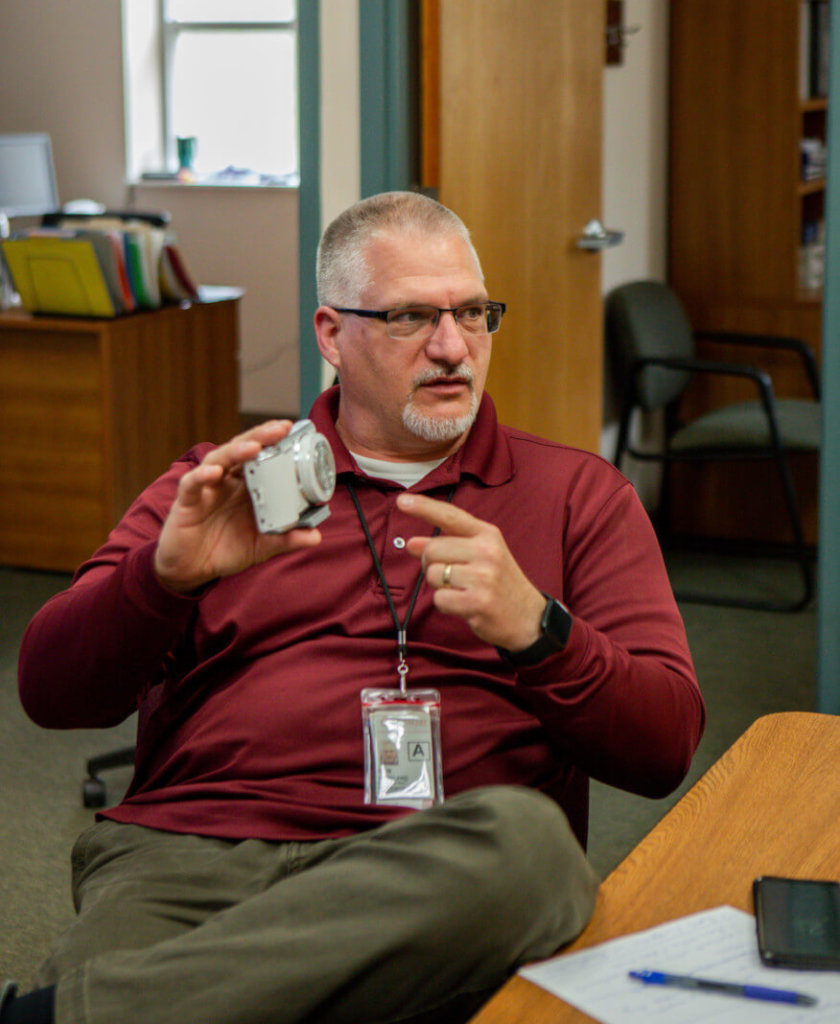
Before RoadBotics by Michelin...
Cranberry Township Public Works Department had been proactively managing 135 miles of roads using Roadsoft, a roadway management system for collecting, storing, and analyzing road data.
Bob Howland, Streets and Fleet Manager of Cranberry Township, would drive the entire road network and enter a PASER rating of 1-10 into Roadsoft for thousands of road segments. After weeks of rating the roads, Bob would build the township’s paving program using Roadsoft’s color-coded map of road ratings.
Using Roadsoft’s ratings for road data, Cranberry’s public works team was able to strategically allocate their budget towards preventative maintenance, which ultimately prolonged the lifecycle of roads and avoided expensive reconstruction.
However, the inspection was subjective and took weeks to finish.
“It’s a challenge to send one person out regularly to use their best judgement and determine the rating of the road conditions,” said Jason Dailey, Public Works Director of Cranberry Township. “You’re always allowing human error to influence the ratings.”
In order to eliminate these variables, Jason looked into several road inspection services.
From contracting with engineering firms to utilizing sensor vans, every option was too expensive – except RoadBotics by Michelin.

Solution
- RoadBotics by Michelin collected images of entire road network
- Road assessment was objectively determined through an AI model
- Visual data now existed after the assessment
Operation Technicians drove the entire road network at normal traffic speed to collect road images, ran the data through the AI model, and delivered the assessment to the Public Works Department in 30 days.
Cranberry Township saved time and resources that could be better focused elsewhere. “Now, I have 2 to 3 weeks of time where I can put my crew out on construction jobs and get to work,” said Bob. “Instead of me driving around doing the road assessment, I have those couple of weeks to better manage the crew and department.”
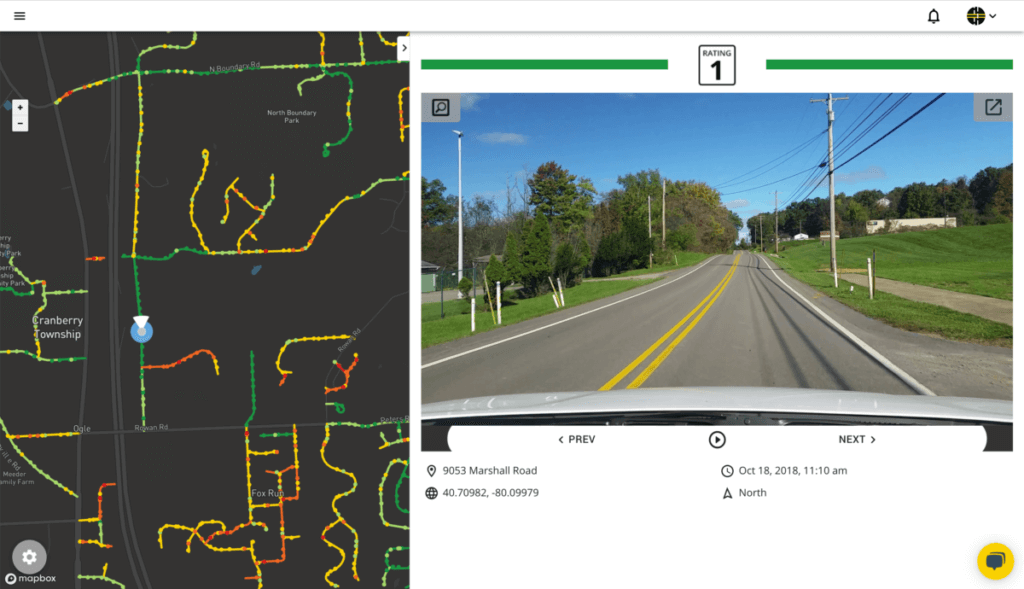
Consistency and Cost Savings
Winters in Western Pennsylvania are brutal on the roads, so Public Works must inspect them regularly. With RoadBotics by Michelin’s affordable pricing, the Township will now be able to receive regular and consistent road assessments.
“There is a tremendous benefit in having every road looked at every year by the same technology,” said Jason. “There is consistency to the ratings so we could even see year to year how that technology has helped us evaluate our roadways.”
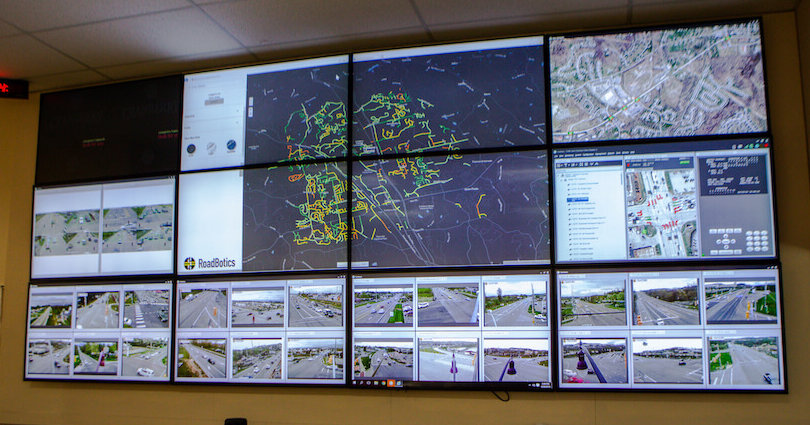
“Plus, the benefit of having RoadBotics is that they actually have a picture. If I click on a section of the road, you can bring up a picture to justify why that road is rated the way it is. If a resident calls and says they have an issue in front of their house, we can easily search on RoadWay and take a picture right off the screen.”
Bob Howland, Streets and Fleet Manager Cranberry Township
Results
- The Township received its road assessment in 30 days
- The time saved allowed its staff to redirect their efforts to other priorities
- As a Roadsoft user, the Township also uploaded a shapefile of the road assessment into its software to prioritize maintenance needs based on data
Cranberry Township now swiftly uploads RoadBotics by Michelin data into Roadsoft instead of entering it manually. With RoadBotics by Michelin taking care of inspections and Roadsoft managing projects, Bob can put those funds towards milling and preventative maintenance.
“We want to make sure we’re making the right decisions before we recommend to the Board of Supervisors and the Township Manager where we want to spend the resources,” said Bob. “So there’s a lot of time and money invested on our end to manage the data we’re putting together. We have to trust the data that we’re using, and we do trust it.”


